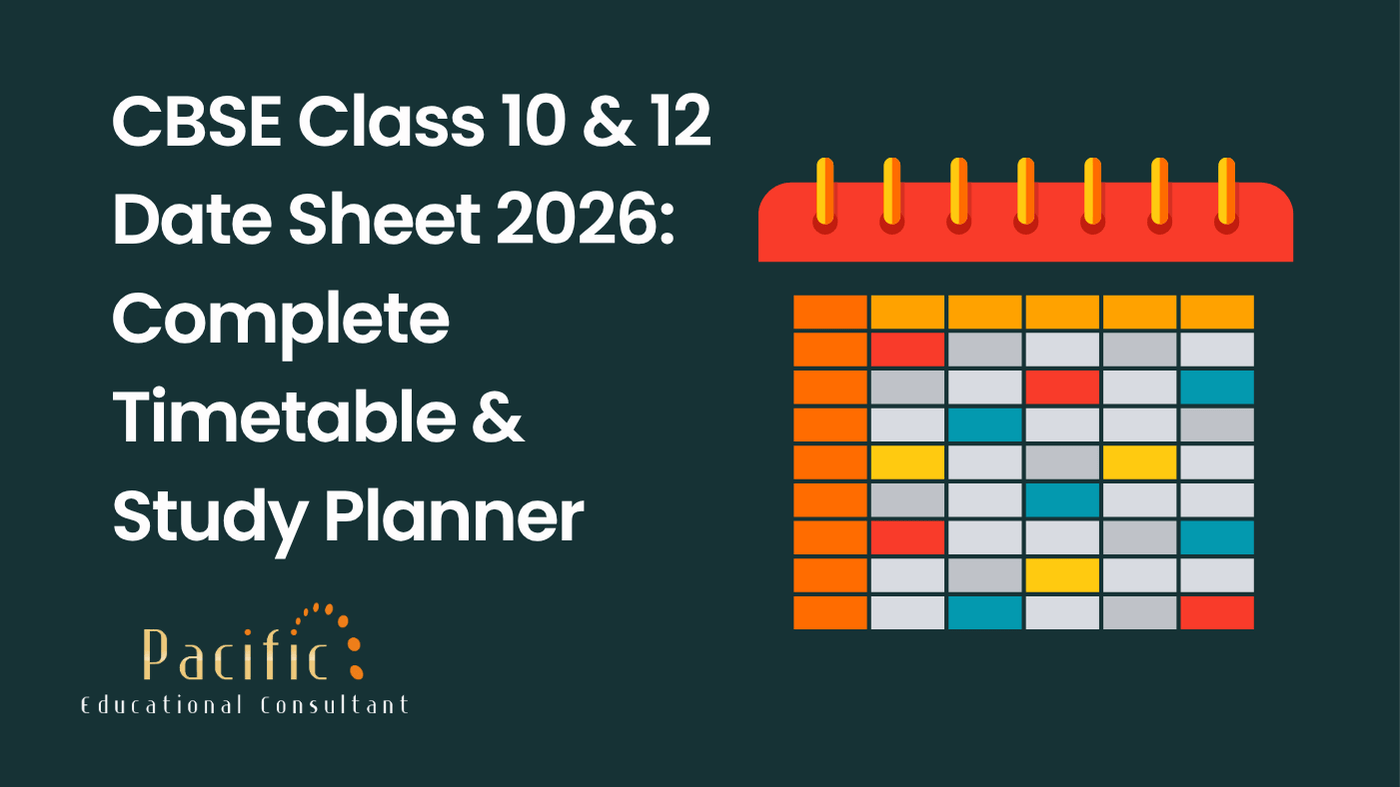


Calculating CGPA (Cumulative Grade Point Average) is essential for students worldwide, as it provides an aggregate of academic performance. This article breaks down the process into simple steps, explains CGPA's full form, and guides you on how to convert CGPA into percentage or marks for a clearer understanding.
CGPA stands for Cumulative Grade Point Average. It is a standardized way to measure academic performance over a semester or academic year, used widely by schools, colleges, and universities. The calculation simplifies grading, providing an average of grades achieved in all subjects.
The full form of CGPA is Cumulative Grade Point Average. It represents a weighted average of grade points over a period. It’s significant because:
Calculating CGPA involves averaging the grade points of all subjects. Here’s a step-by-step guide to help you:
List Your Grade Points (GP): Note down the grade points obtained in each subject. For example, if your grades are A1, B2, etc., use the respective points (A1 = 10, B2 = 8, etc.).
Sum Up All Grade Points: Add the grade points for all subjects. For instance, if the grade points are 8, 9, 7, and 10, the total is 34.
Divide by the Number of Subjects: To calculate CGPA, divide the total grade points by the number of subjects. Using the example above:
While CGPA offers a concise overview, converting it into a percentage makes it easier to interpret. Here's how:
Use the Multiplier 9.5: Most educational boards, like CBSE, recommend multiplying the CGPA by 9.5 to convert it into a percentage. For example:
If your CGPA is 8.5, your percentage would be:
Check Institution-Specific Guidelines: Some institutions may use different multipliers. Always verify with your academic board or university.
To calculate marks, follow these steps:
1. Know the Total Marks Per Subject: Suppose each subject has a maximum of 100 marks.
2. Convert CGPA into Percentage: Use the formula above to calculate your percentage.
3. Calculate Marks: Multiply the percentage by the total marks available and divide by 100. For instance:
For a CGPA of 8.5:
CGPA plays a vital role in academic and career progression. Here’s why:
Educational institutions use various grading systems to calculate CGPA. Here’s a quick overview:
| Grade | Grade Point (GP) | Remarks |
| A1 | 10 | Outstanding |
| A2 | 9 | Excellent |
| B1 | 8 | Very Good |
| B2 | 7 | Good |
| C1 | 6 | Fair |
| C2 | 5 | Average |
| D | 4 | Below Average |
CGPA stands for Cumulative Grade Point Average, summarizing academic performance.
Add grade points of all subjects and divide by the number of subjects.
Multiply your CGPA by 9.5 to get the percentage.
Convert CGPA to percentage first, then use the formula for marks:
CGPA is more concise and removes the pressure of precise scoring but is often converted to percentage for clarity.
Yes, different boards or universities may have unique CGPA calculations or grade-to-point conversions.
A CGPA of 8.5 is equivalent to 80.75%
Understanding how to calculate CGPA is crucial for students aiming to excel academically. Whether it’s converting CGPA into marks, percentage, or understanding its significance, mastering these basics will help you make informed decisions. Use this guide as a reliable reference, and don’t forget to cross-check institution-specific norms when applying these calculations.

New Zealand Student Visa Update: Work Limit Now 25 Hours/Week from 3 Nov 2025

Describe a family member who you want to work with in the future - IELTS Cue Card

Describe a noisy place you have been to - IELTS Cue Card

Describe a time you enjoyed a free day off work or school – IELTS Cue Card

Bachelor in Business Economics (BBE)

BE IT Full Form: Complete Guide to Eligibility, Syllabus, Fees, and Career Scope

Describe a water sport you would like to try in the future - IELTS Cue Card

Describe a plan that you had to change recently - IELTS Cue Card

CBSE Class 10 & 12 Date Sheet 2026: Complete Timetable & Study Planner

Describe a sport that you really like - IELTS Cue Card